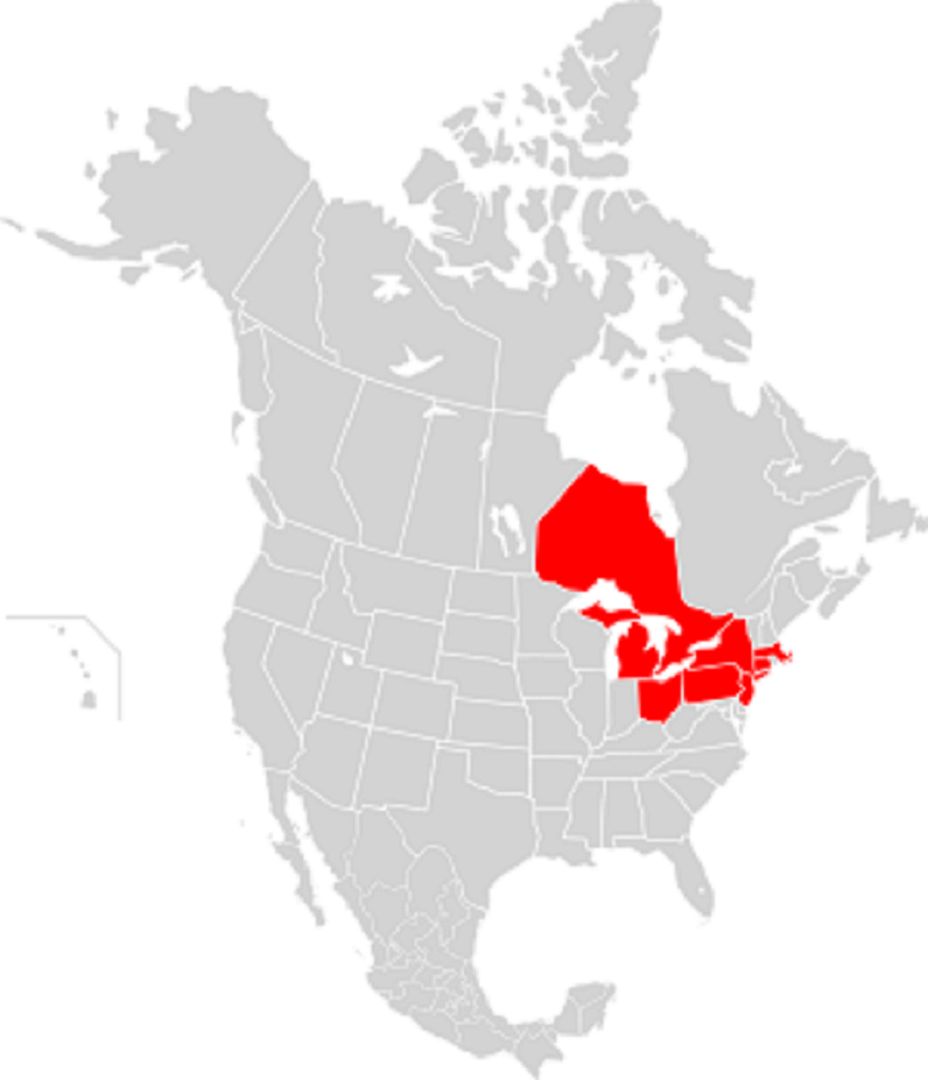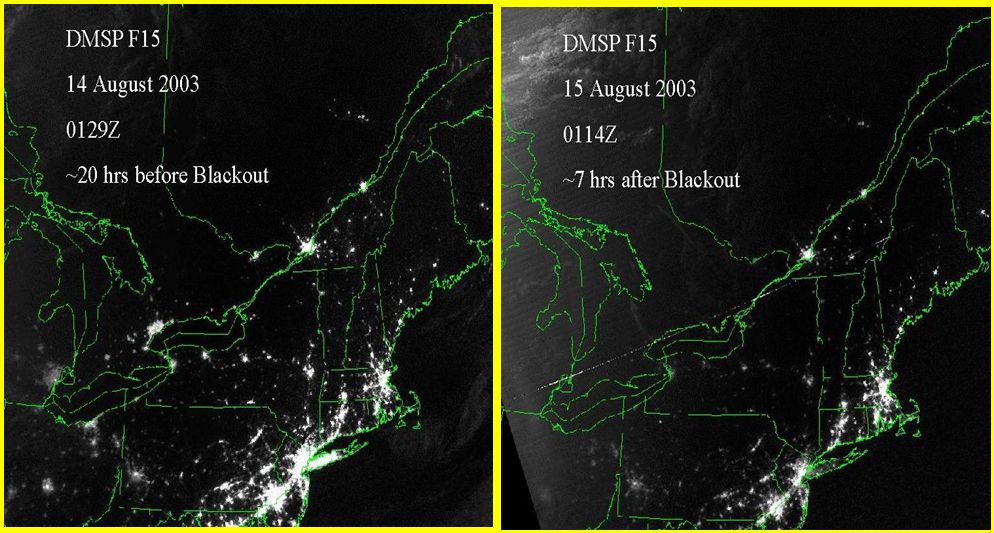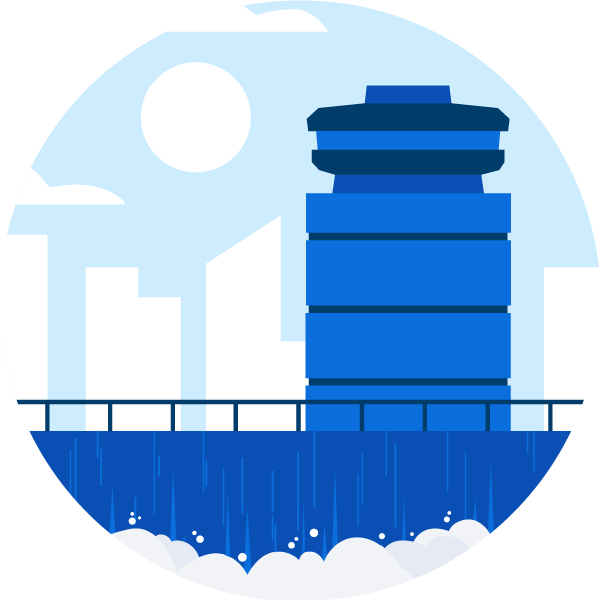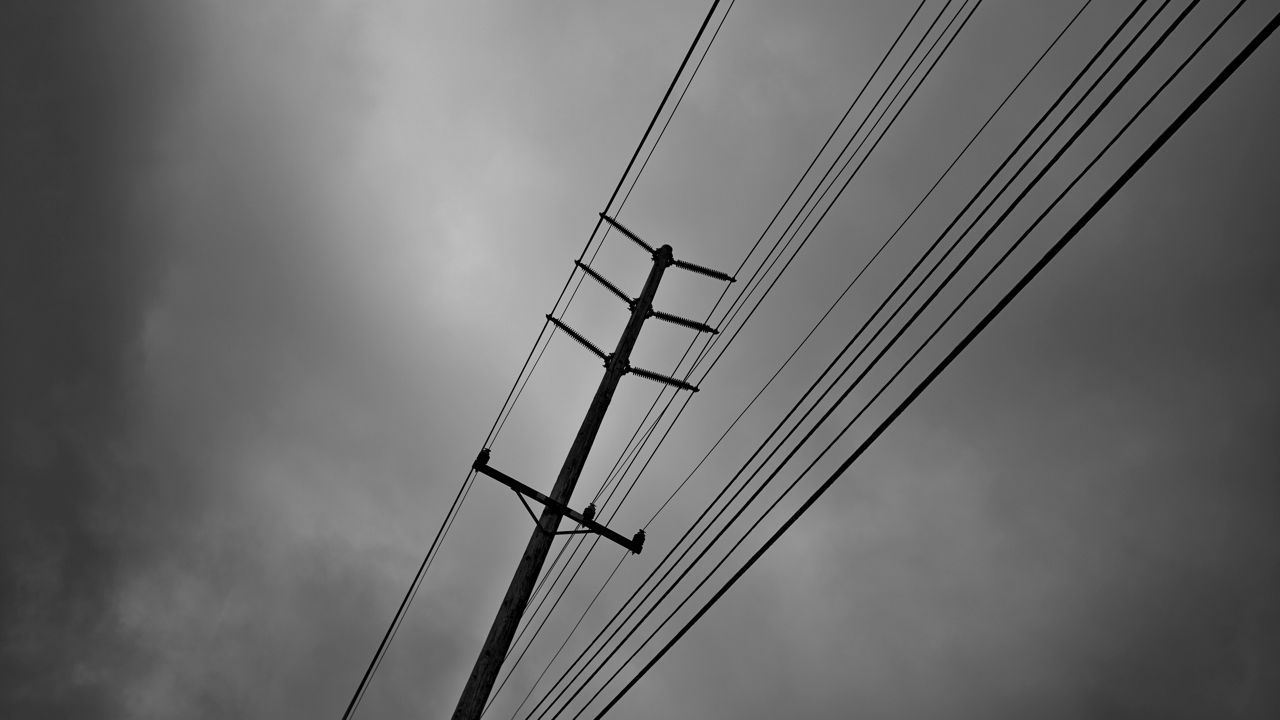We’re coming up on the 19th anniversary of the Northeast Blackout of 2003.
It began on Aug. 14, 2004, and is the largest blackout in North American history, with over 50 million people affected in the states of New York, Ohio, Michigan, Pennsylvania, Vermont, Massachusetts, Connecticut, New Jersey and the Canadian province of Ontario.

Power restoration varied, but crews restored it in many areas within 7 to 12 hours. The longest wait was up to four days.
I remember working here, R News, at the time. It was a hot and muggy Thursday with highs well into the 80s and dew points well into the 60s.
I worked the morning shift, so I was looking forward to going home and enjoying the window unit air conditioner I had.
The power went out just after 4 p.m. here, and crews weren't able to restore it until the next day.

I had to work the next morning and had no alarm clock with the power outage and no smartphone, but I had to get up at 3:30 a.m. to get to work by 4 a.m.
I lived off of Mt. Hope, so I got in my car and drove up Mt. Hope toward the old style Wegmans that used to be there in what’s now College Town.
Some stores had limited power, while others had none.
After a few stops, I purchased an old timey wind-up clock and drove home. Those things tick so loudly, but it worked, and I got to work on time the next morning. The power was back on when I got up.
Heat played a role in the initial event that triggered the wider power outage. Hot, humid temperatures increased energy demand, as people across the region turned on fans and air conditioning. This caused the power lines to sag in foliage as higher currents heated the lines.
In areas where power remained off after nightfall, the Milky Way and orbiting satellites became visible to the naked eye in metropolitan areas where we can't ordinarily see them because of air particulates and light pollution.
You can imagine some of the chaos this caused, especially in the big cities like New York. There were more home and apartment fires than usual because of candles.
Perishable food spoiled due to lack of refrigeration, there was no subway service, and there was gridlock on roads because traffic lights were out.
The ultimate cause was determined to be a software glitch at a power station in Ohio. Overloaded power lines drooped into the foliage and needed power to be redistributed off of them.
Our team of meteorologists dive deep into the science of weather and break down timely weather data and information. To view more weather and climate stories, check out our weather blogs section.





